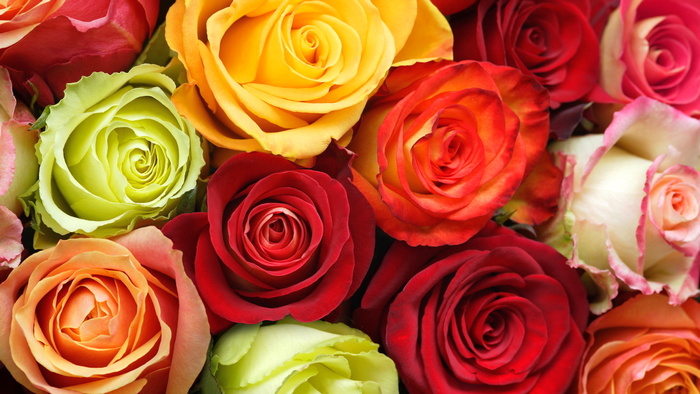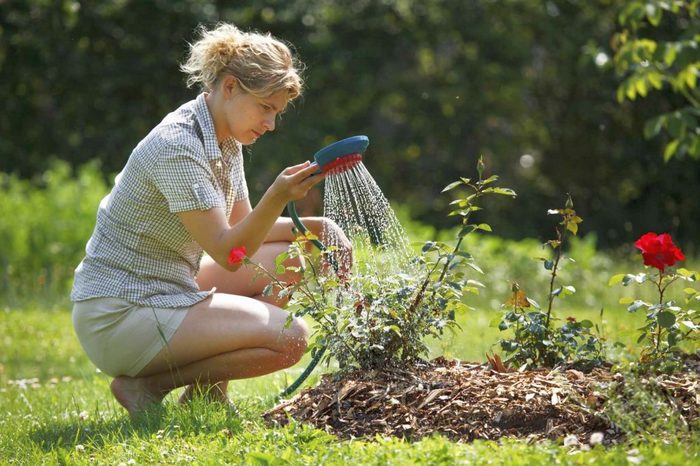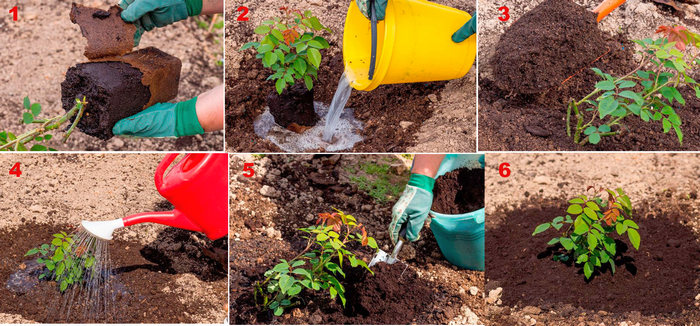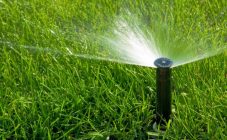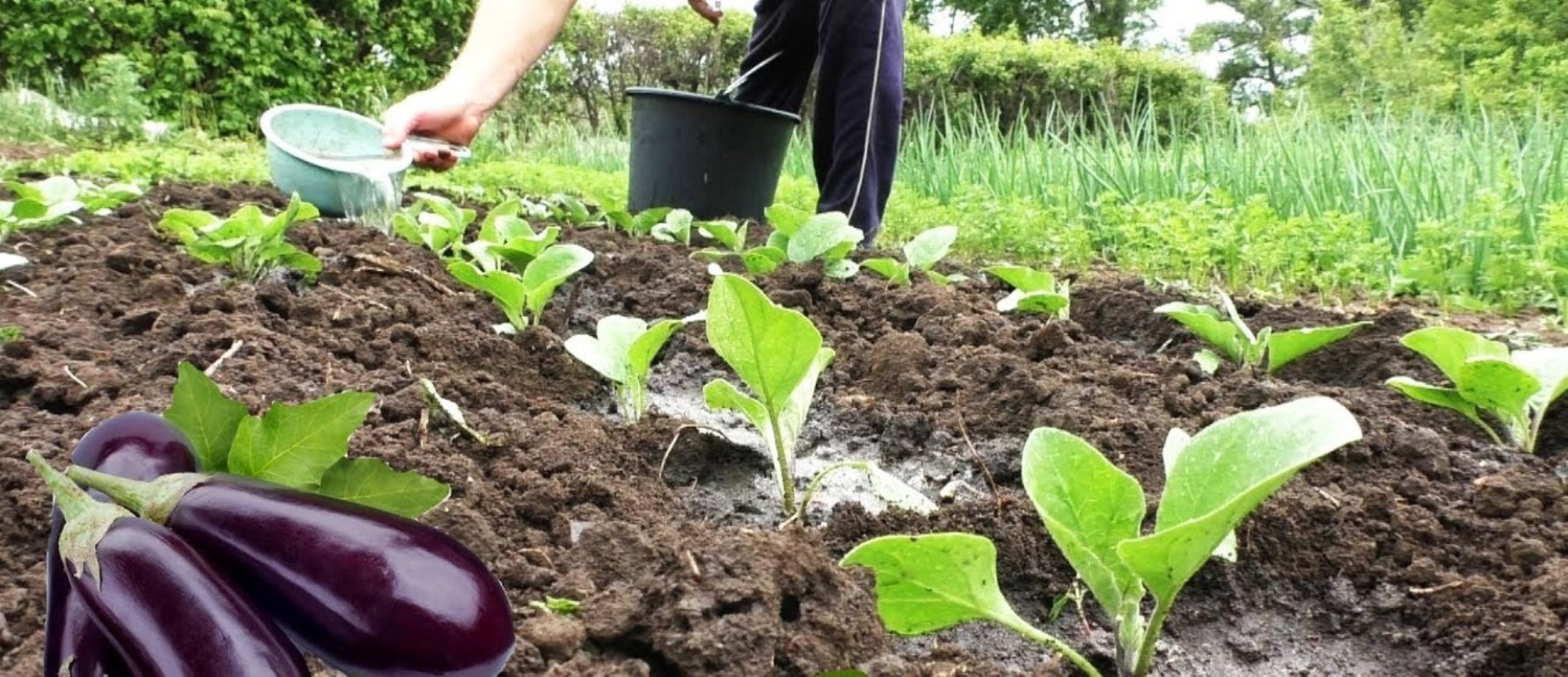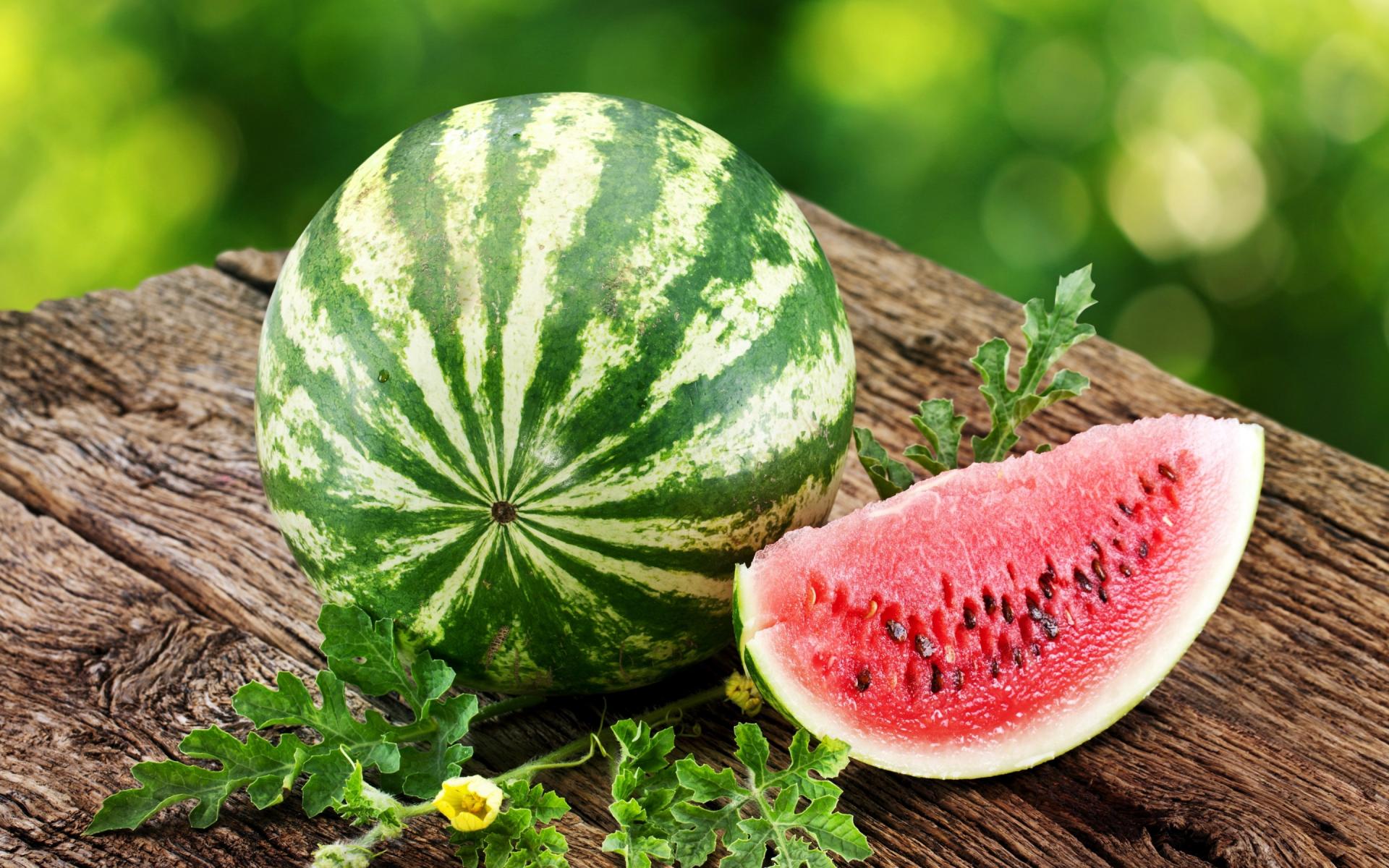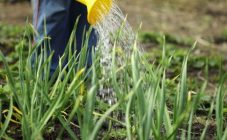Content:
The rose is called the “queen of the garden”. This beautiful flower is widespread in almost all regions of Russia; it is grown both in the south and in Siberia, with the exception of only the regions of the Far North. Its popularity is due to the fact that rose bushes adorn not only small areas in gardens and front gardens, but also look good along garden paths and in flower beds.
General rules for caring for roses in the open field
For rose bushes to grow really well and enjoy abundant flowering, you need to provide them with proper care throughout the season. First of all, it is necessary to choose the right site where the seedlings will be planted. The site must be well lit and protected from strong winds and drafts. In addition, it is not allowed that groundwater passes close to the soil surface.
The landing hole should be dug out sufficiently voluminous - 50 centimeters deep and 60-70 centimeters wide. If the soil on the site is poor, it is recommended to add one or even two buckets of humus, compost or nutrient soil to the planting pit. Also, regardless of the composition of the soil, mineral fertilizers should be added to the hole - 50 grams of urea and the same amount of phosphorus-potassium fertilizers.
The seedling should be planted so that the grafting site is 5-7 centimeters below soil level. If the graft is higher than the soil level, then it may freeze, but it is also undesirable to deepen it by more than 7 centimeters.
After planting, the bushes are abundantly watered and mulched. Roses also need good watering during the season. The first 2-3 years of feeding can be omitted, since fertilizers were already added to the hole during planting. But starting from the fourth year, the bushes are fed at least twice a season - in early spring (with nitrogen fertilizers) and in August (with phosphorus and potassium).
In late autumn, the bushes are cut off and covered for the winter. Sawdust is mainly used as a shelter, and the top is covered with covering material and film, since roses need to provide a dry winter. However, there is no need to rush to shelter for the winter period, the plants should be closed only when the temperature at night is stable at about 5-7 degrees below zero. Covering early will only hurt.
How often to water the roses?
All plants need water and roses are no exception. In order for the bushes to grow well, develop and, as a result, please with abundant flowering, you need to know how often they need to be watered and how abundantly.
The first step is to determine the type of soil in the garden. Sandy soil dries out very quickly, and retains moisture poorly. But clay soil, on the contrary, retains life-giving moisture for a long time. However, roses, like many other plants, do not grow well on clay. That is why, before planting seedlings, compost or humus is introduced into the hole in order to slightly loosen the heavy soil.
Another major factor affecting the frequency of watering is weather conditions. Do not water roses in cool and rainy weather.Lingering rains by themselves can bring these plants problems in the form of various diseases. Therefore, in order not to make things worse, watering in this weather is strictly prohibited. But in the heat, roses should be watered more often more abundantly. However, you can't abuse it either.
If there is a problem in the area with water, then after each watering the bushes are advised to mulch. As mulch, you can use shavings, sawdust, humus or compost. In hot weather, it is recommended to irrigate once every 3 days, and on normal warm days - once a week.
Experts also advise taking into account the age of the rose bushes. Young seedlings need more frequent watering, since they do not yet have a powerful root system. As a result, in the first years after planting, they need to be watered more often, since the suction roots are close to the soil surface, and in such places the soil dries out faster. Young plants have a huge risk of dying from a lack of life-giving moisture. Over time, the root system of roses will develop and go deep, then watering can be moderated.
Special attention should be paid to the size of the bush, as well as how old it is. The bush is a reflection of the root system. The larger the rosebush, the more water it requires. Mature and spreading bushes need to be watered much more abundantly than young plants. If newly planted roses are watered at the rate of one bucket per seedling, then 3-4 10-liter buckets should be poured onto an adult bush.
How to water roses in spring and autumn
With the onset of warmth, the leaves on the roses begin to bloom and the bushes are preparing to throw out the first buds. In order for the flowering to be abundant, and the buds to reach the size declared for a particular variety, the plants need water. With a lack of moisture, the buds will be small, and in some cases they may dry out and fall off altogether. To prevent this from happening, roses begin to water in April. However, a lot of water is not required in spring. It will be enough to water the rose bushes once every 7-10 days.
Roses need more water in autumn than in spring and even summer. In autumn (September - October) they prepare for winter. That is why, depending on the weather and climate in a certain area, roses are watered abundantly, while doubling the amount of water.
Can I water roses with cold water?
Roses are heat-loving plants. They love not only sunny and warm days, but also water heated in the sun. Many summer residents make a big mistake, watering rose bushes with cold water from a well or hose. This cannot be done, because such life-giving moisture can harm pampered roses - after such watering, the roses run the risk of getting sick.
If you constantly water the roses with cold water, then in the end the plants may die after some time. You cannot pour hot water either, it must be warm.
How to properly water roses in the open field and outdoors
The following rules should be followed:
- Watering roses is best done less often, but with plenty of water. Frequent watering with a small amount of water only harms the plants. Rare but plentiful watering will promote the development of the root system.
- Water the rose bushes from a large watering can (8-10 liters). Water should not pour out of the watering can in one stream, so you should put on a diffuser nozzle and water the roses using the sprinkler method. If roses are watering from a hose, then it is recommended to make the water pressure weak and, if possible, also set the shower mode.
- Do not pour all the water under the bush at once. Irrigation should be done slowly with short pauses. This technique is necessary so that the water has time to be absorbed and go as deep as possible into the ground.
- It is better to water roses in summer not on a hot afternoon, but in the early morning.In the evening, watering is not recommended, as excess moisture will contribute to the development of fungal diseases, mold and black spot at night.
Tips from experienced florists
To know for sure if the roses need watering, you can use a method that helps determine the degree of dryness of the soil. To do this, next to the rose bush, you need to dig a hole 10-15 centimeters deep. If the soil at this depth is dry, then watering is necessary. Roses planted in pots or boxes need more frequent watering.
Mulching should not be neglected. A thick layer of mulch will help retain moisture in the soil for a long time. As a result, the gardener will be able to reduce the amount of watering, which is very important for those who have problems with water. However, the mulch should be changed at least once a year - in the spring.
Using all these simple tricks for watering roses, the gardener will help his rose bushes grow well and quickly. As a result, roses will bloom luxuriantly and for a long time.
